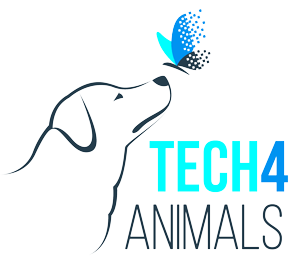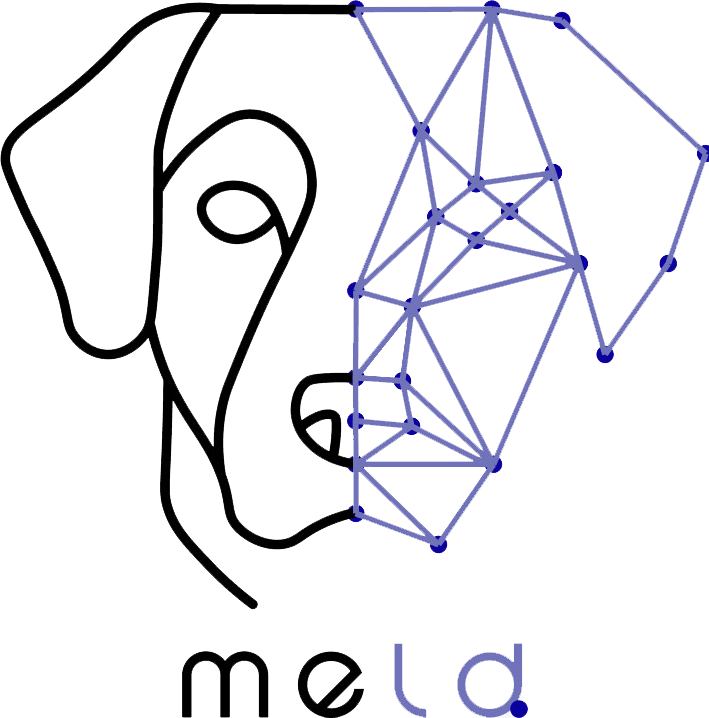This study investigated the role of digital technologies in human-dog relationships, conducting a qualitative study with quantitative and thematic analysis of 155 U.K. dog owners. It found that human and dog routines are deeply intertwined, leading to close multi-species households where technology is primarily seen as a way to support caregiving and alleviate owner concerns. Owners’ attitudes towards technology varied; they were generally positive for chores like cleaning, negative for activities like walking that also benefit the human, and diverse for activities such as playing, training, or feeding. The research identified two key conceptualizations: a “nightmare scenario” where technology replaces the human’s role, thus disentangling the human-dog bond, and a “dream scenario” where technology augments human abilities as caregivers. The authors argue that the current trend in digital pet technology, which emphasizes remote interactions, aligns with the “nightmare scenario” by replacing human presence. They advocate for a redirection of this focus towards technology that supports humans in becoming better and more informed caregivers, for example, by helping with dog obesity or improving behavioral understanding, rather than enabling owners to avoid their direct involvement and moral responsibilities.
Non-Invasive Computer Vision-Based Fruit Fly Larvae Differentiation: Ceratitis capitata and Bactrocera zonata
This paper proposes a novel, non-invasive method using computer vision

